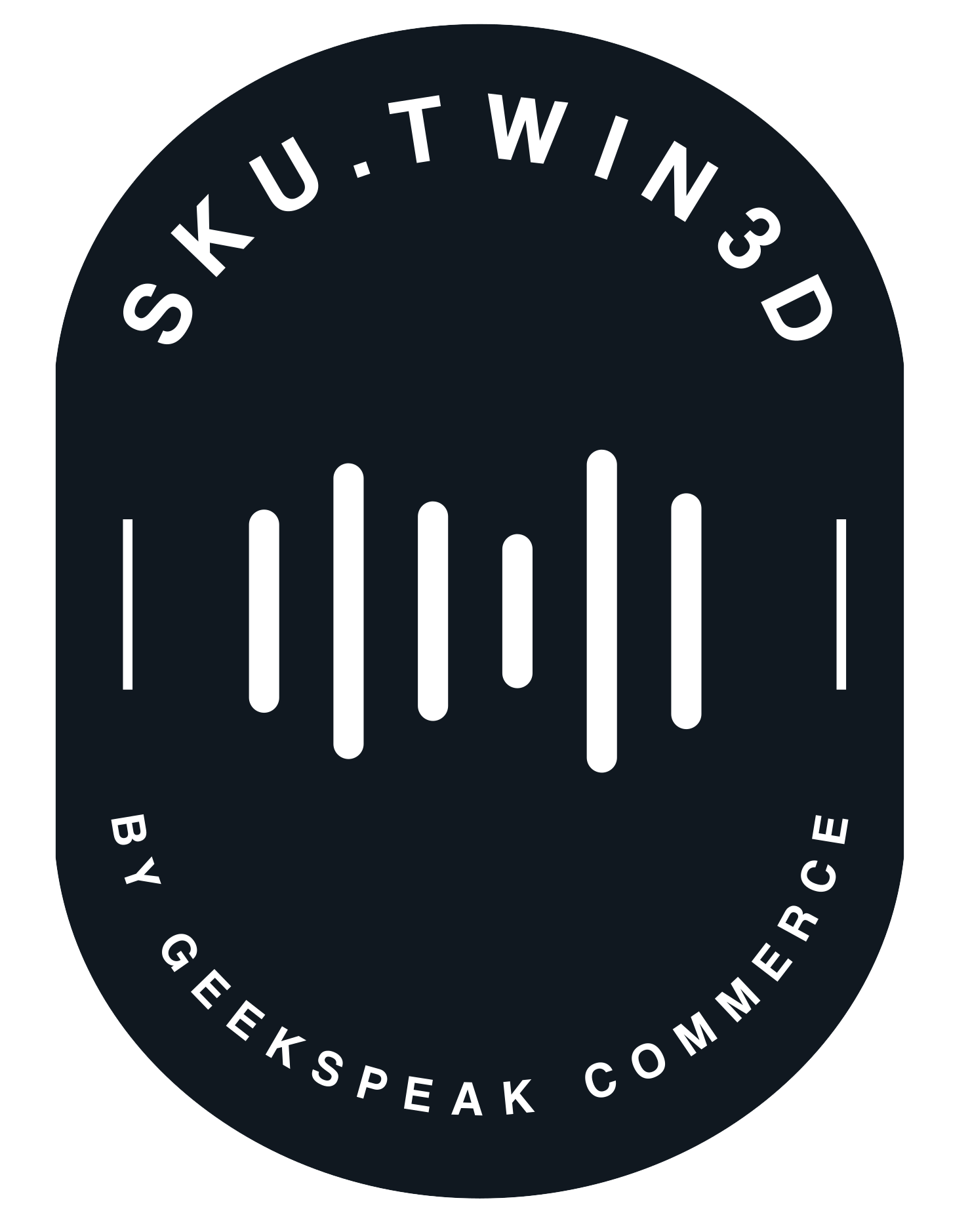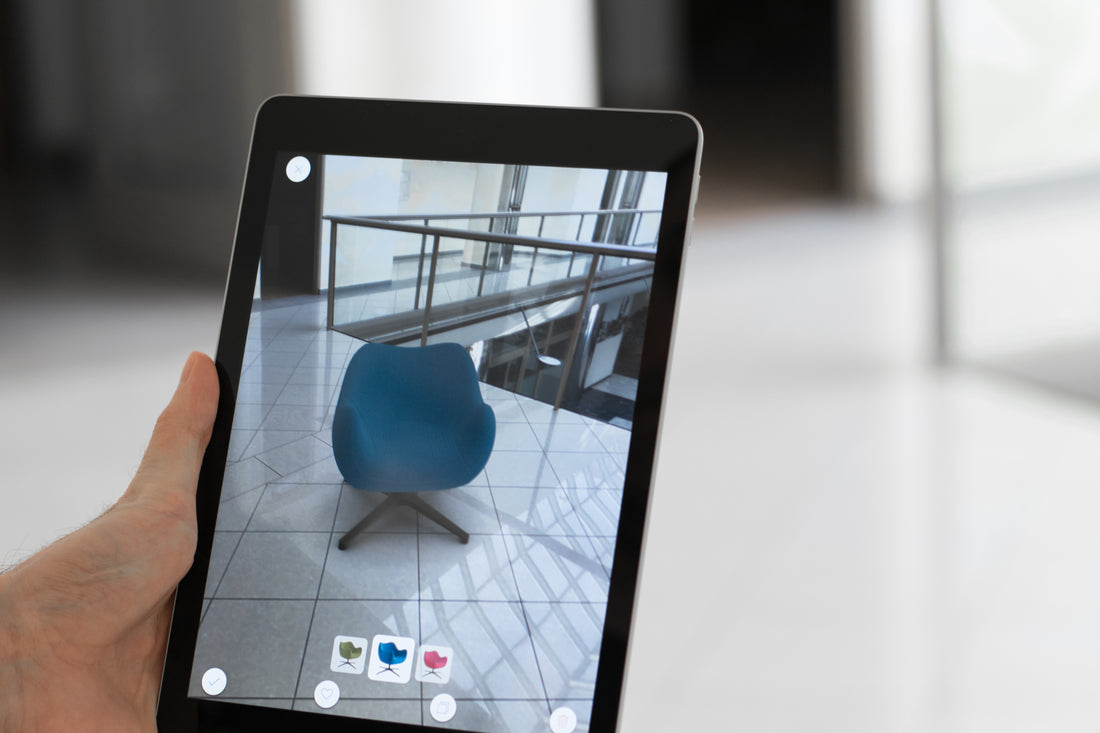Consumer Packaged Goods (CPG) is a competitive sector, characterized by its fast-moving nature and the challenge of making everyday products stand out. In such a landscape, innovative marketing solutions are the key to maintaining an edge. One such solution is Augmented Reality (AR). With the potential to create immersive brand experiences, AR is transforming the way CPG products are marketed. But beyond the 'cool factor,' does AR truly make an impact on the all-important metric of Return on Advertising Spend (ROAS)? Let's dive in.
1. From Passive to Interactive:
Traditional advertising methods often offer a passive experience. Consumers see an ad, process the information, and decide to act (or not). With AR, the interaction becomes dynamic. Now, they're not just seeing—they're experiencing. For instance, pointing a smartphone at a cereal box might bring a character to life or offer a mini-game. This heightened engagement often leads to longer interaction times and, consequently, higher chances of conversion.
2. Building Stronger Brand Recall:
An interactive AR experience is far more memorable than a standard ad. By creating memorable experiences, CPG brands ensure higher brand recall. When a consumer remembers your brand over competitors, your advertising dollar goes further, boosting ROAS.
3. Tangible Product Interactions:
Especially beneficial for new product launches or products with unique features, AR allows consumers to 'experience' the product before purchasing. A new snack flavor can be virtually 'unboxed,' or a cleaning product can be demonstrated in a virtual environment. This tangible interaction can significantly reduce the uncertainty associated with trying new products.
4. Tailored User Experiences:
One of AR's strengths is its ability to provide tailored experiences. Depending on user preferences, location, or even time of day, AR campaigns can be adjusted in real-time, ensuring the right message reaches the right user. This level of personalization makes ad spend more efficient, optimizing ROAS.
5. Data-Driven Insights:
AR campaigns, when integrated with analytics, can provide a wealth of data—interaction times, user behaviors, points of drop-off, and more. These insights can be invaluable for CPG marketers to refine campaigns, ensuring that ad spend is continuously optimized for the best returns.
6. Social Media Synergy:
Platforms like Instagram and Snapchat have embraced AR wholeheartedly. Given the massive user bases of these platforms, CPG brands can leverage AR filters and experiences that can go viral, ensuring higher reach and engagement without proportionally higher ad spends.
7. Building a Community:
AR can be used to foster a sense of community. Limited-time AR experiences, exclusive virtual unboxings, or AR-driven contests can encourage users to interact not just with the brand, but with each other. This community-driven engagement can lead to higher organic reach, again improving ROAS.
In an age where consumers are bombarded with advertising messages, standing out is crucial. AR provides CPG marketers with the tools to create standout experiences, not just ads. By transforming passive consumers into active participants, brands can foster loyalty, engagement, and, importantly, higher sales. As AR technology becomes more accessible and its potential more widely recognized, it's set to become a cornerstone of successful CPG marketing strategies, ensuring optimal ROAS.
Read more about the power and importance of AR in ecommerce here.

